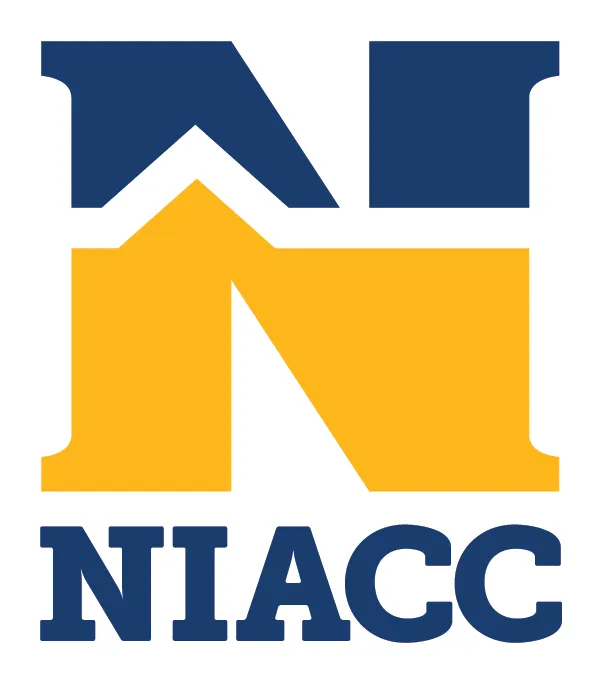Frequently Asked Questions
Click on a question below to view the response.
How do I apply for Financial Aid?
By completing the Free Application for Federal Student Aid (FAFSA). The FAFSA can be easily submitted studentaid.gov. This application is the starting point for all types of financial aid. Scholarships require separate application procedures depending on the type of scholarship. Remember to apply for financial aid EACH academic year. NIACC offers help in completing your FAFSA. Click here to schedule an appointment.
The FSA ID gives students access to Federal Student Aid’s online systems and can serve as your legal signature. It is the username and password you will use to log in to your FAFSA, sign your Master Promissory Note and complete Entrance Counseling. You can apply for an FSA ID at studentaid.gov/fsa-id/create-account/launch. If you are a dependent student, a parent will also need an FSA ID to sign your FAFSA electronically. You will use your FSA ID annually to complete the FAFSA. It is a good idea to keep this information in a secure place that you will remember the location of.
If everything is correct, keep the FAFSA Submission Summary for future reference. If you need to make corrections, contact the Financial Aid Office. The Financial Aid Office will be in contact with you if they need any additional information or have determined your financial aid offer for the school year.
The Federal government has established the criteria that determine whether you must report parent information. The criteria are typically found in the Student Dependency Step of the FAFSA form. If you answer “no” to all of the questions, you must provide parent information. If you answer “yes” to at least one of these questions, you do not have to provide parent information. If you have questions about your dependency status, please contact the Financial Aid Office or check out the video below.
Yes. The FAFSA is used for both grant and loan eligibility determination.
Pell grants and student loans will be available as long as you meet eligibility criteria. The State of Iowa’s deadline for state aid programs is July 1. To be considered for the campus-based financial aid programs, file by NIACC’s priority deadline of March 1. This means that the processing center must have received your FAFSA by the filing date. If you have any questions about filing your FAFSA, contact NIACC’s Financial Aid Office.
Financial aid can be used toward the cost of books; however, NIACC does not disburse any credit balance checks until after the semester begins. You should plan ahead to have money available to purchase your books or discuss your options with the NIACC BookZone.
Your financial aid will be available to you after you have received an official financial aid offer and the semester has begun. The NIACC Business Office typically will begin issuing refunds to students 2 weeks into the semester and every 2 weeks thereafter. Watch your TrojanHome Portal for information about financial aid or contact the NIACC Financial Aid Office.
After you complete and submit your FAFSA, you will receive a FAFSA Submission Summary from the Processing Center. The NIACC Financial Aid Office will begin working on your aid at that time. We strive to get information to you in a timely manner; however, if corrections need to be made or documentation is required, this process can take a while. Be patient and APPLY EARLY!!
Contact the NIACC Business Office and see what types of payment arrangements are available. The NIACC Business Office is located in the Pierce Administration Building or call 641-422-4214.
You can endorse your checks over to the NIACC Business Office so they will be applied towards your NIACC student account.
The federal government pays the interest on a Direct Subsidized Loan while the student is enrolled at least half time (6 credit hours). Students may be eligible for a subsidized loan based on their financial need. A Direct Unsubsidized Loan is also a low-interest loan, like a subsidized loan, except the interest begins adding up immediately. A student’s eligibility for an unsubsidized loan is not based on financial need.The borrower does not have to begin repayment on either type of loan until they graduate or drop below half time enrollment (6 credits.) Students can make payment on their student loans while in school without penalty. For more information about student loans go to studentaid.gov/understand-aid/types/loans/subsidized-unsubsidized.
